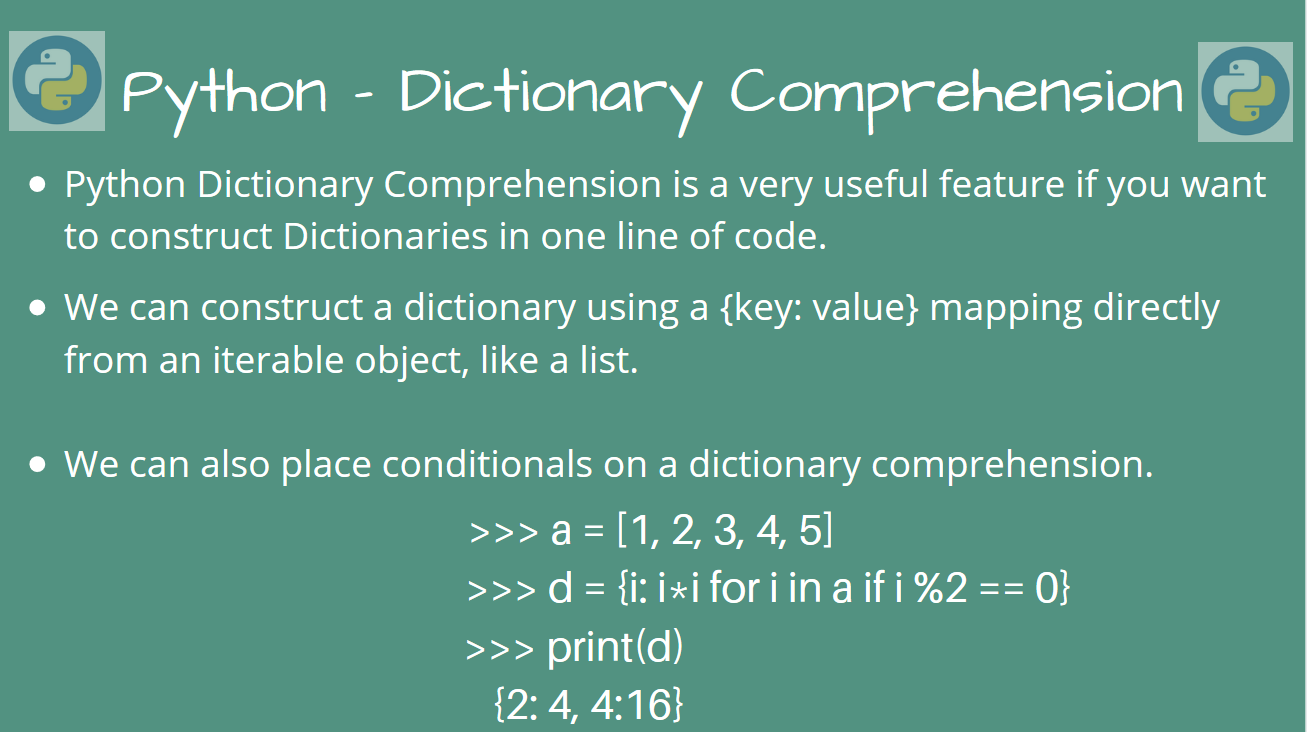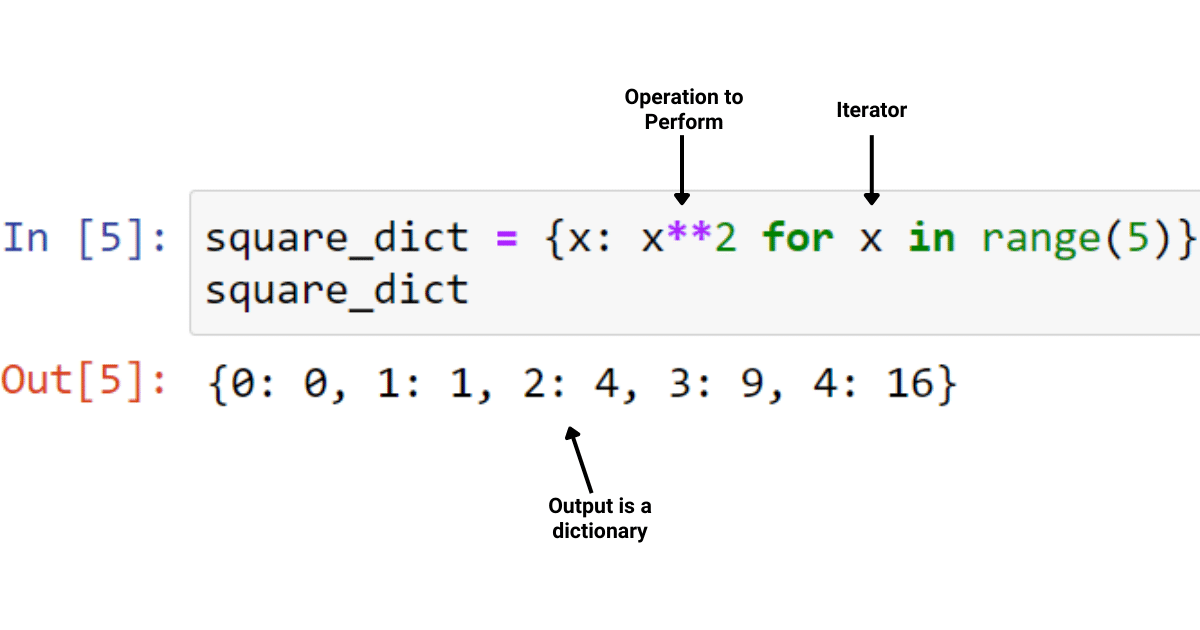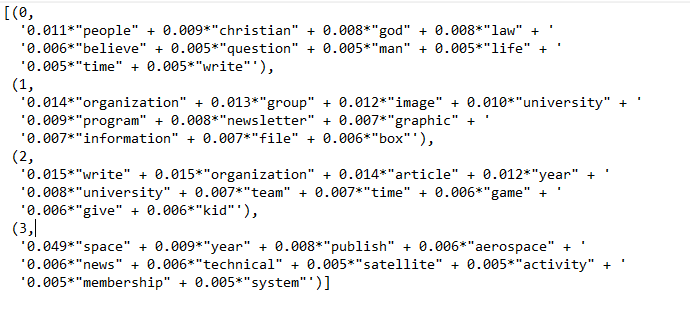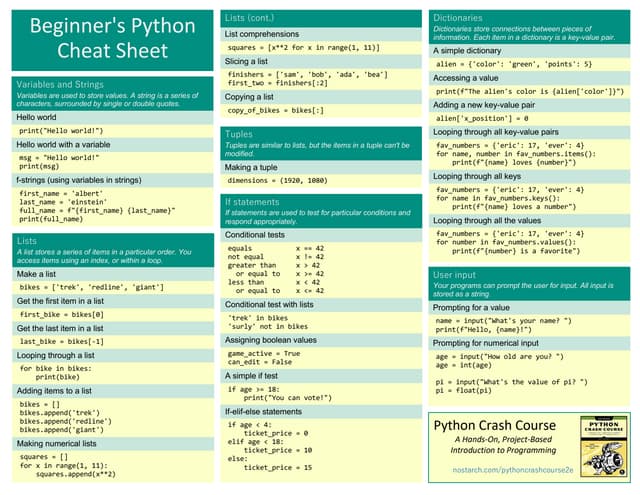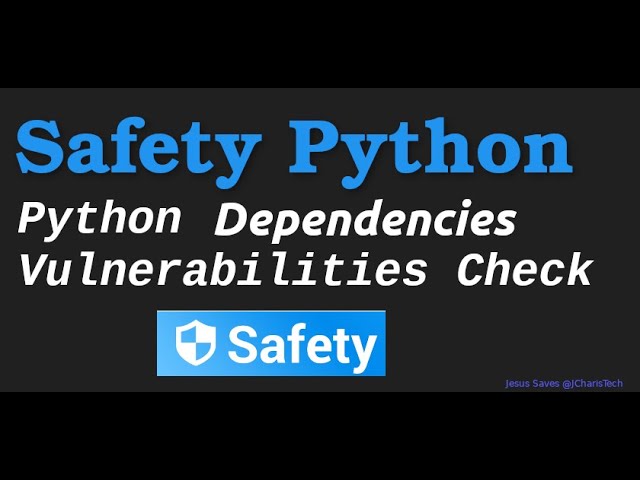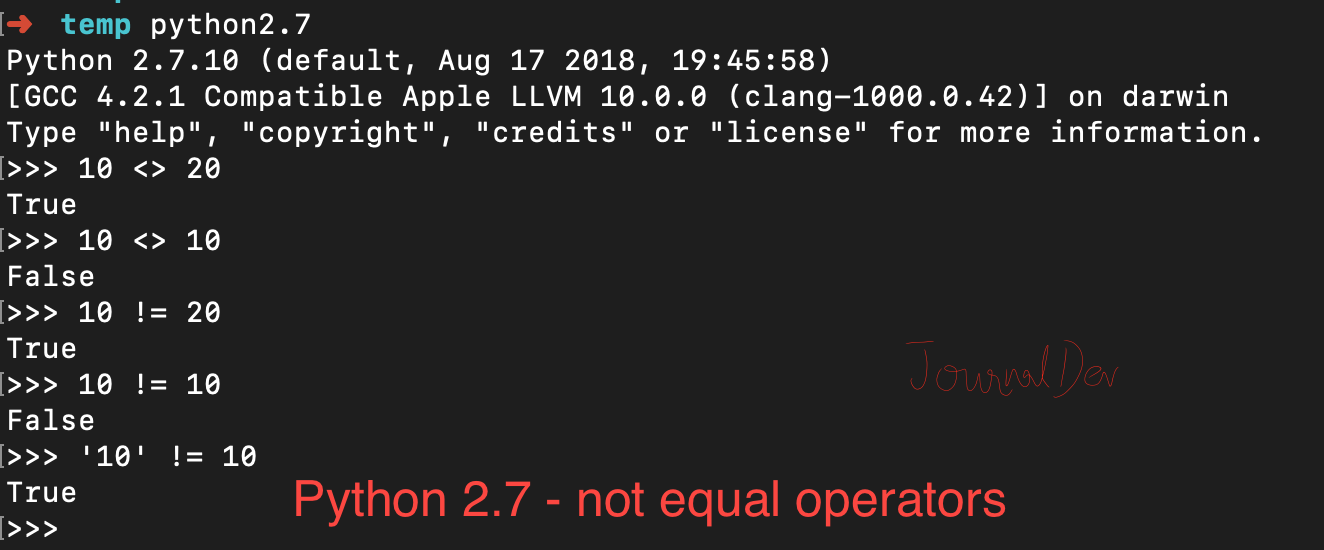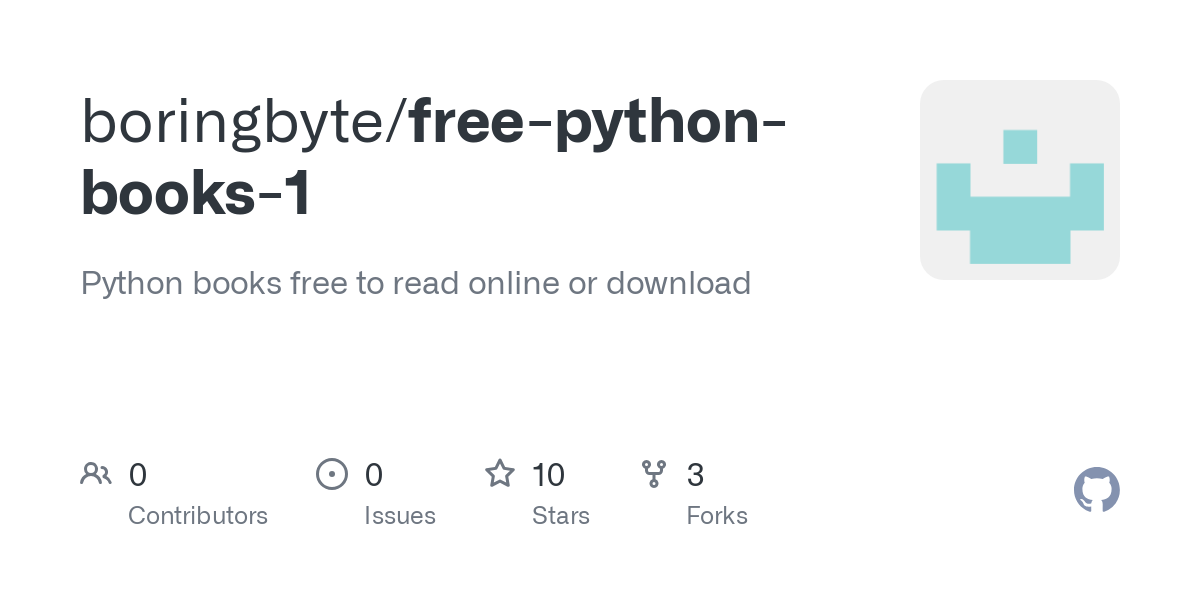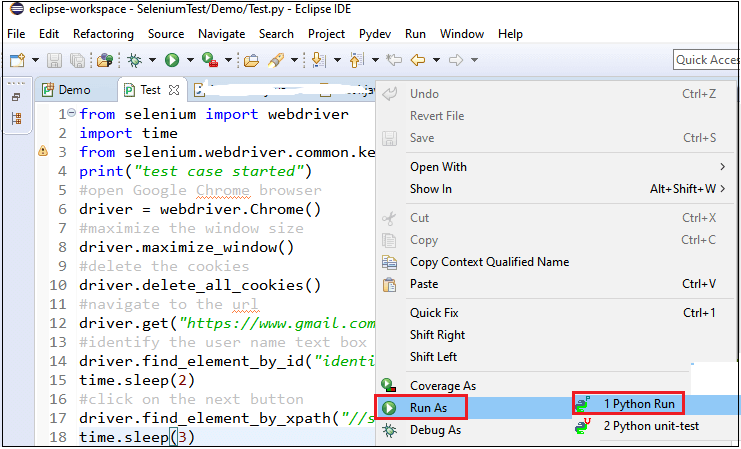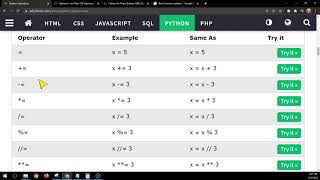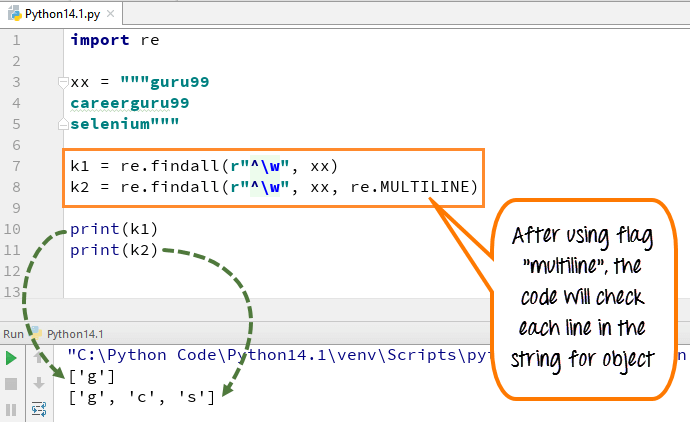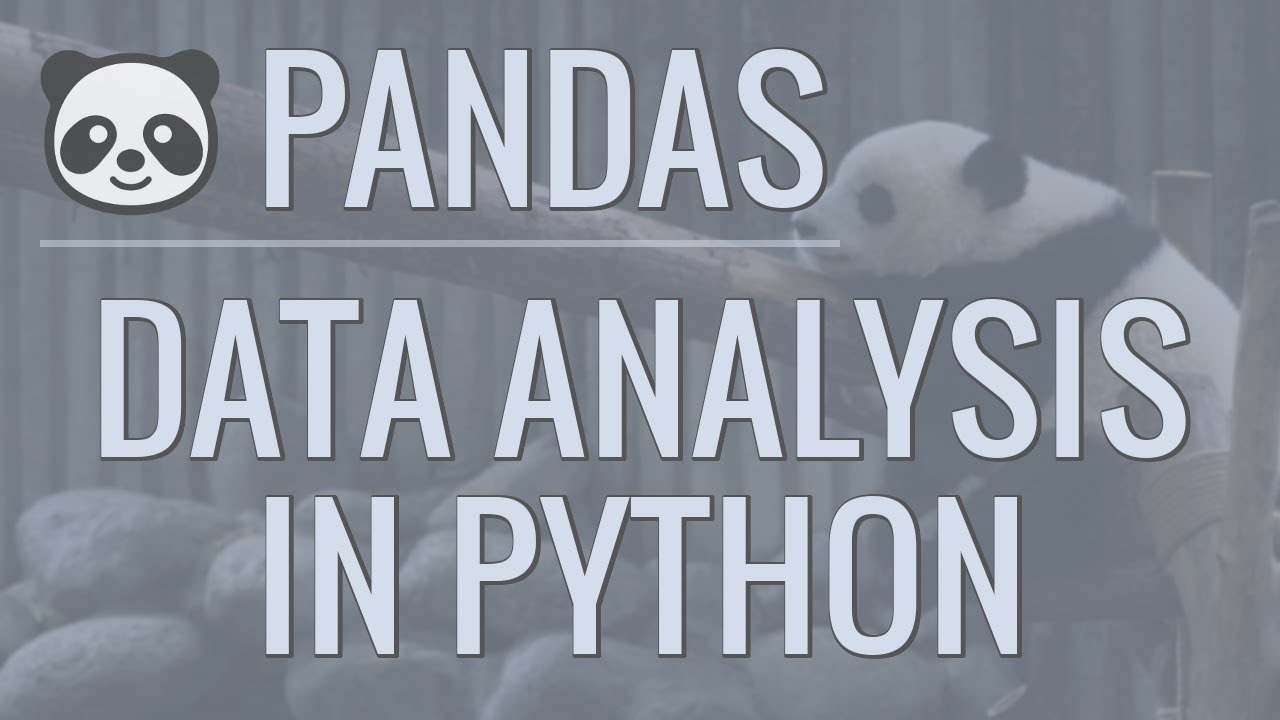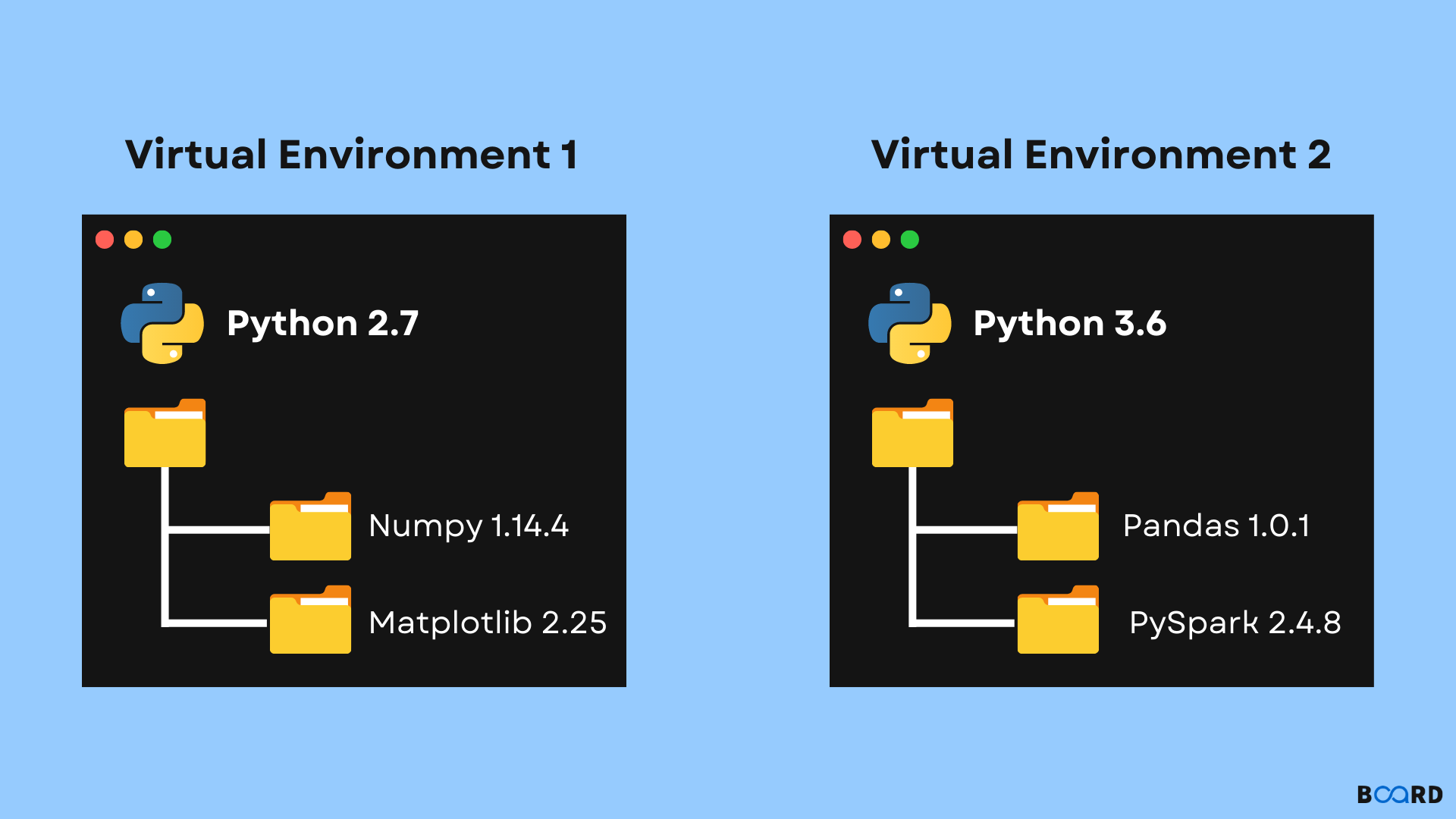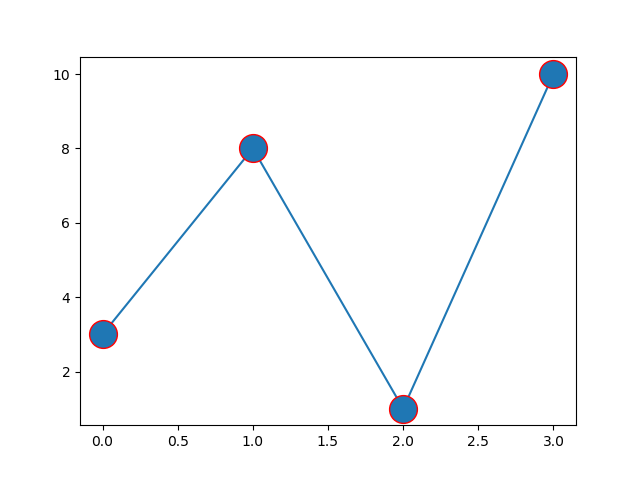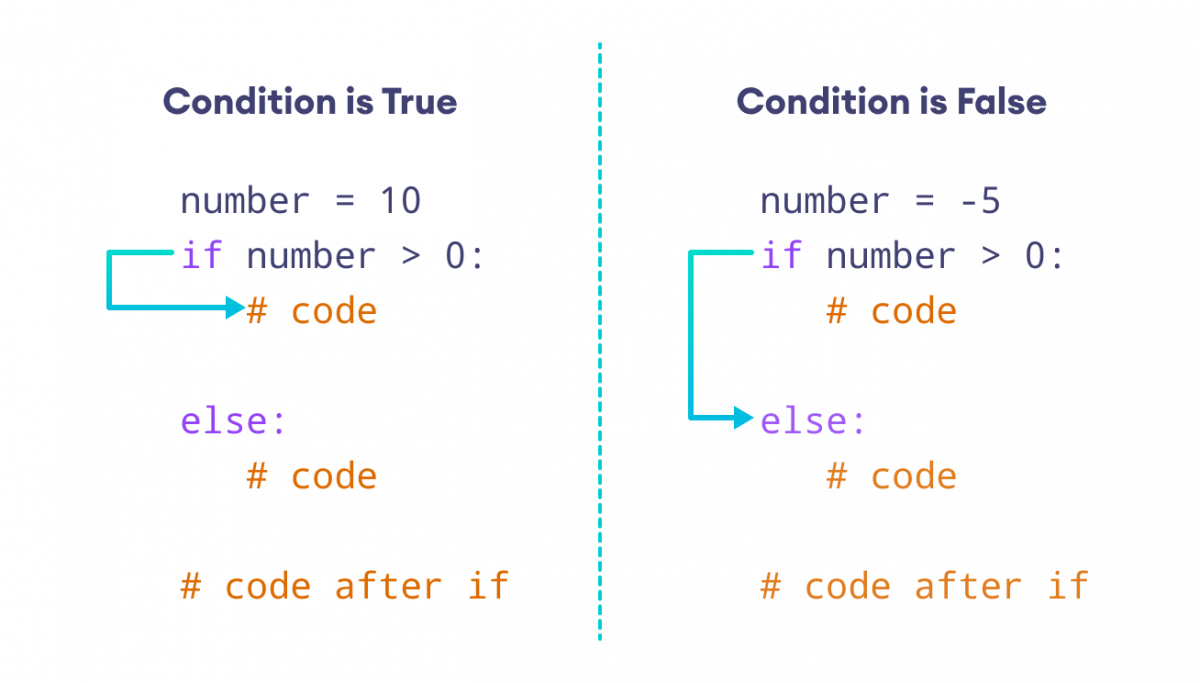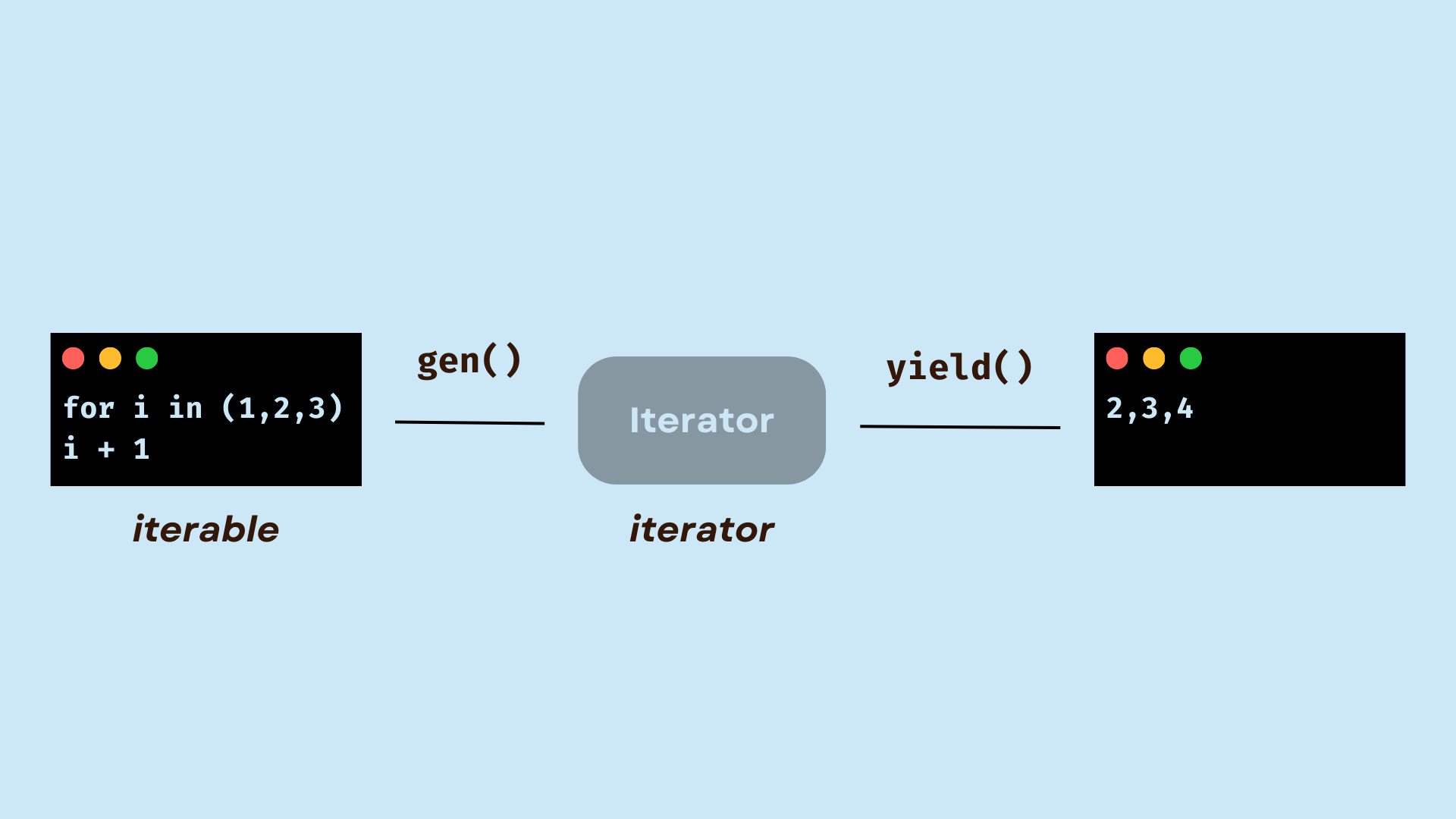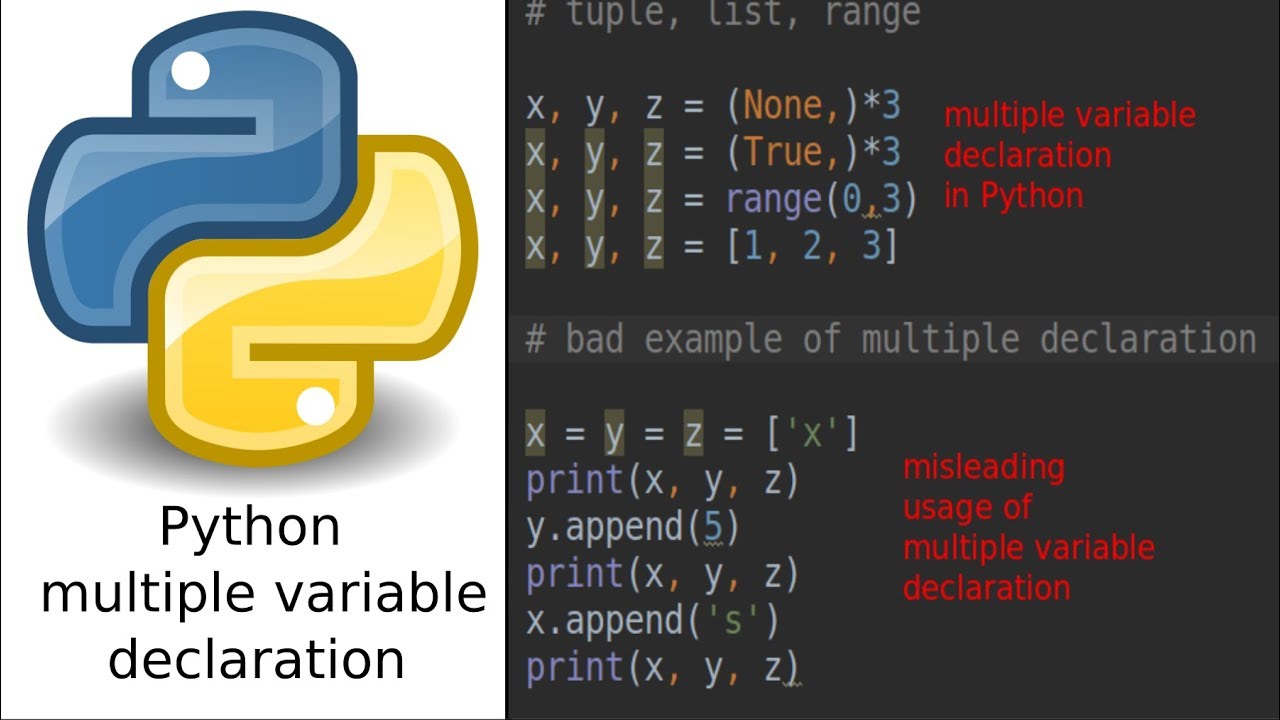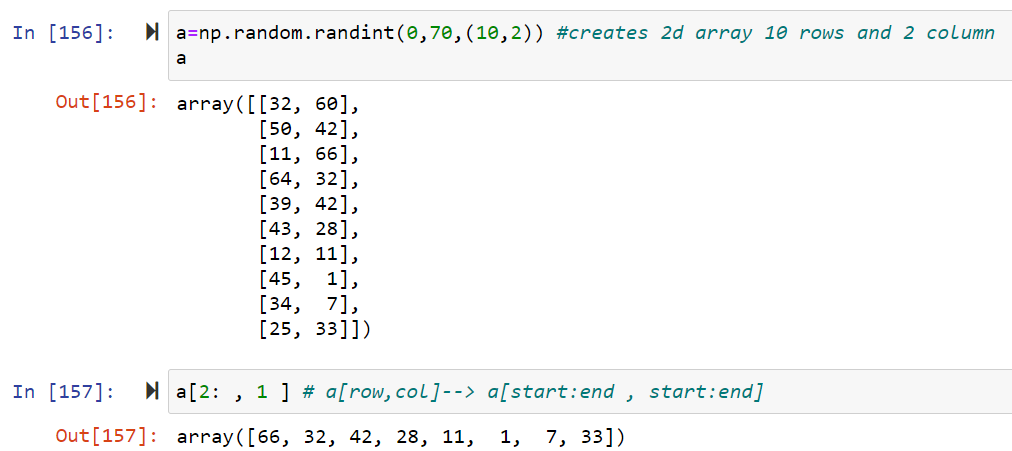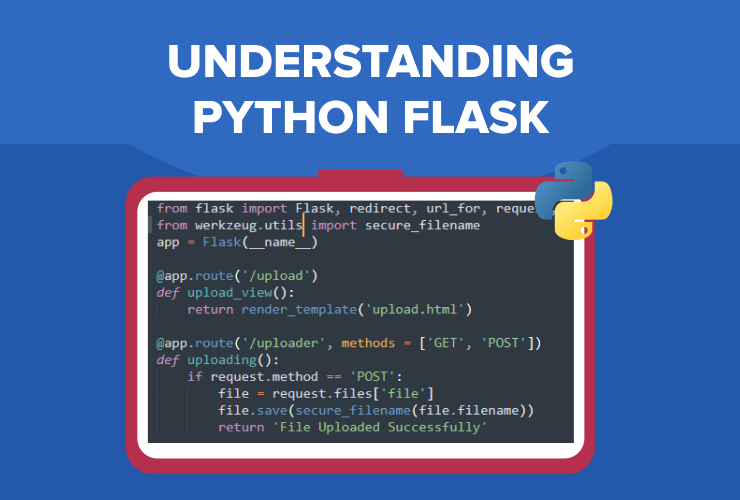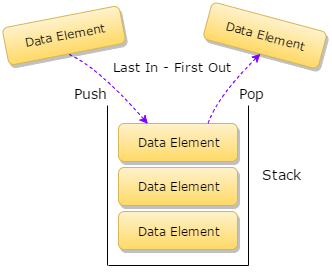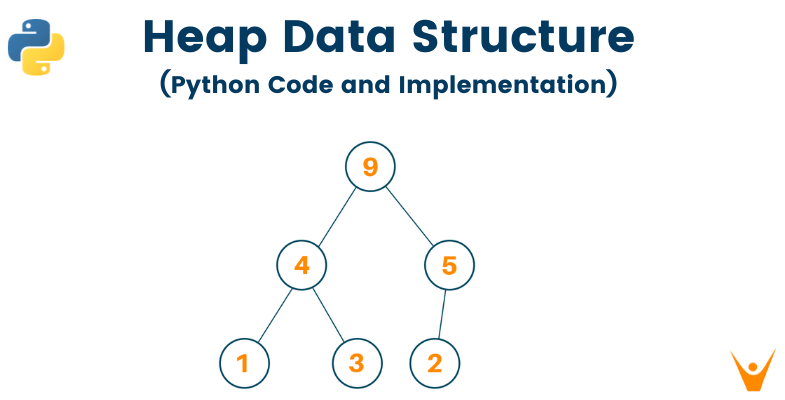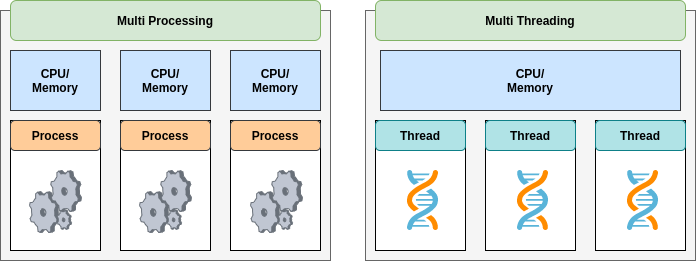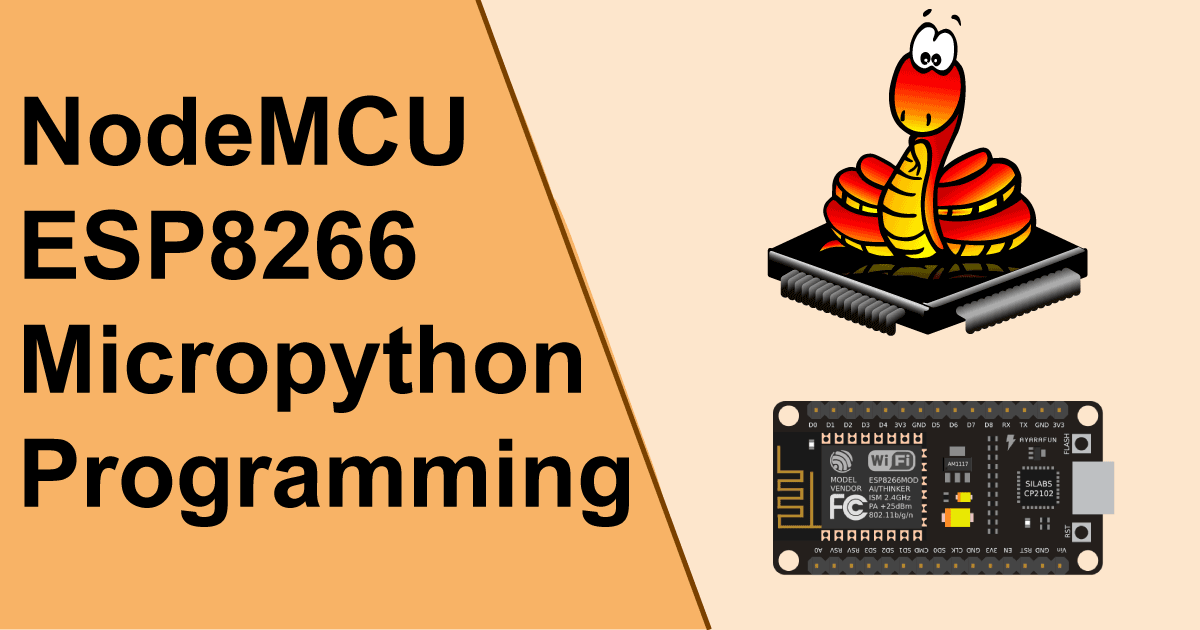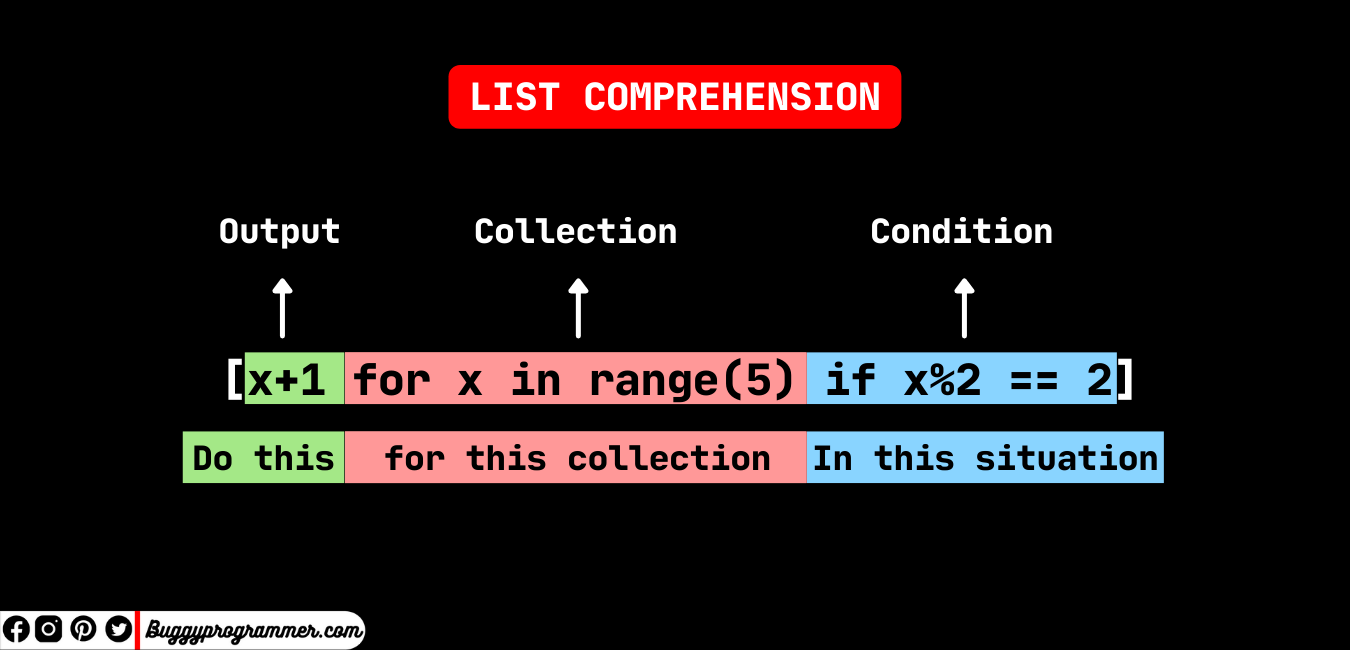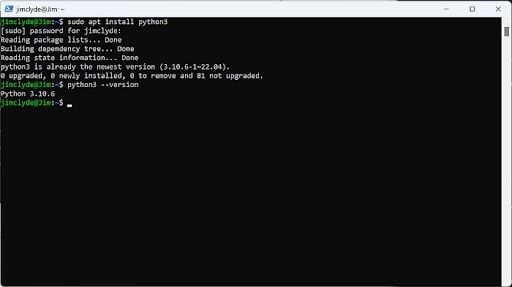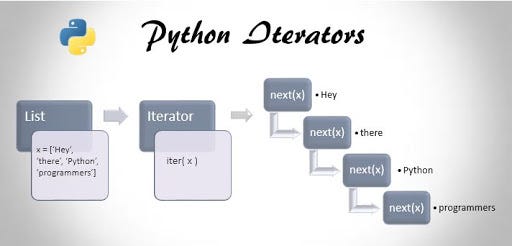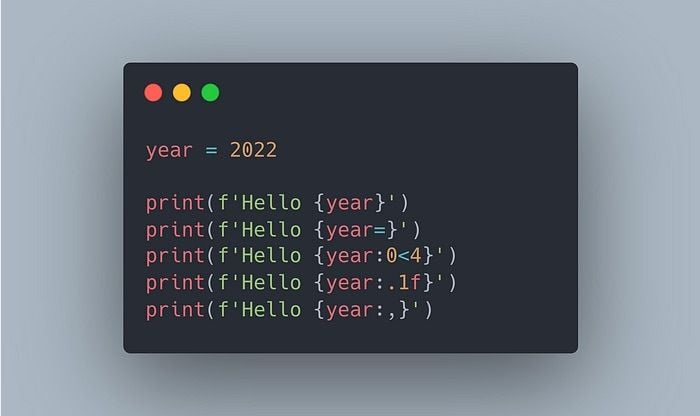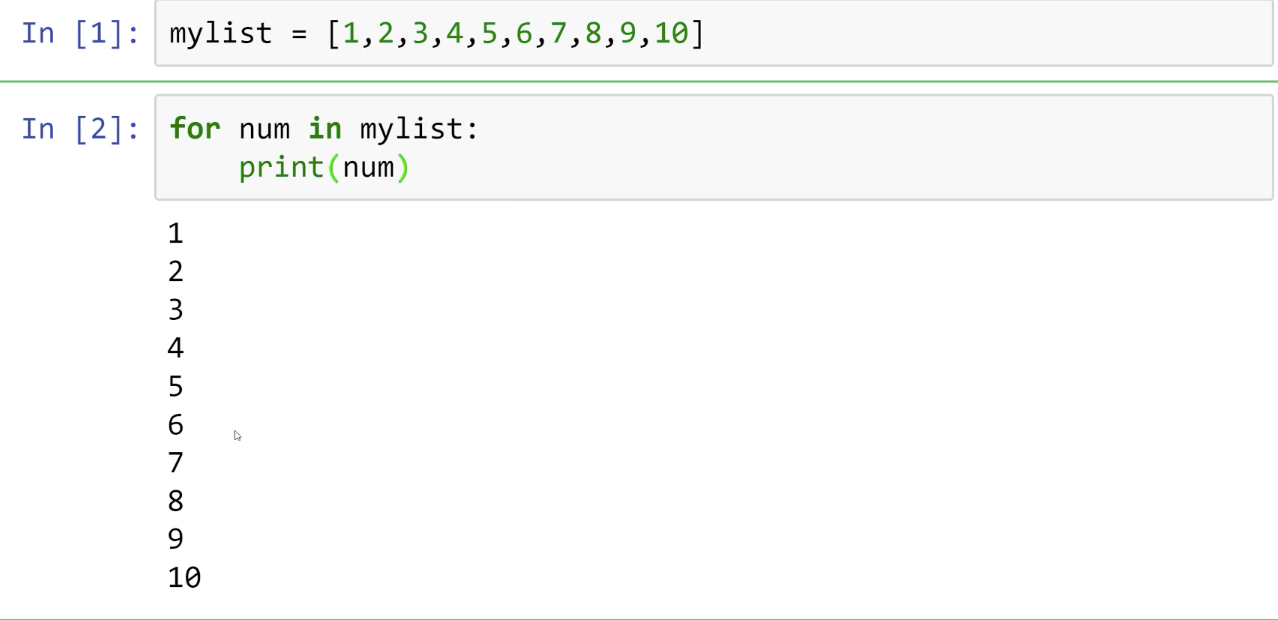Why is it called list comprehension Python?
Why is it called list comprehension Python?
I'm happy to explain the concept of list comprehension in Python!
List comprehension is a feature in Python that allows you to create a new list from an existing list or other iterable by applying a transformation or filter to each element. This is often referred to as "comprehending" the list, which means to understand or grasp its contents.
The term "comprehension" comes from formal logic and mathematical notation, where it refers to a process of defining a new set or class by specifying a condition or property that all elements must satisfy. In Python, this concept is applied to creating lists, dictionaries, or sets from existing data structures.
List comprehensions are often used for several purposes:
Filtering: You can create a new list containing only the elements that meet certain conditions. Transforming: You can apply a function or transformation to each element and create a new list with the results. Merging: You can combine multiple lists into one by using a single comprehension.The basic syntax for a list comprehension is:
[expression for variable in iterable]
Where expression is the operation you want to perform on each element, variable is the temporary name given to each element, and iterable is the list or other data structure from which you want to create the new list.
Here's an example of using a list comprehension:
numbers = [1, 2, 3, 4, 5]squared_numbers = [x**2 for x in numbers]
print(squared_numbers) # Output: [1, 4, 9, 16, 25]
In this example, the list comprehension creates a new list squared_numbers by squaring each element from the original list numbers.
List comprehensions are an essential feature of Python, allowing you to perform complex operations in a concise and readable way. They're often used in data processing, machine learning, and scientific computing, as well as everyday scripting tasks.
In summary, list comprehension is called so because it allows you to comprehend (or understand) the contents of a list or other iterable by transforming, filtering, or merging elements into a new list, making it a powerful tool for data manipulation in Python!
What is list comprehension in Python dictionary comprehension?
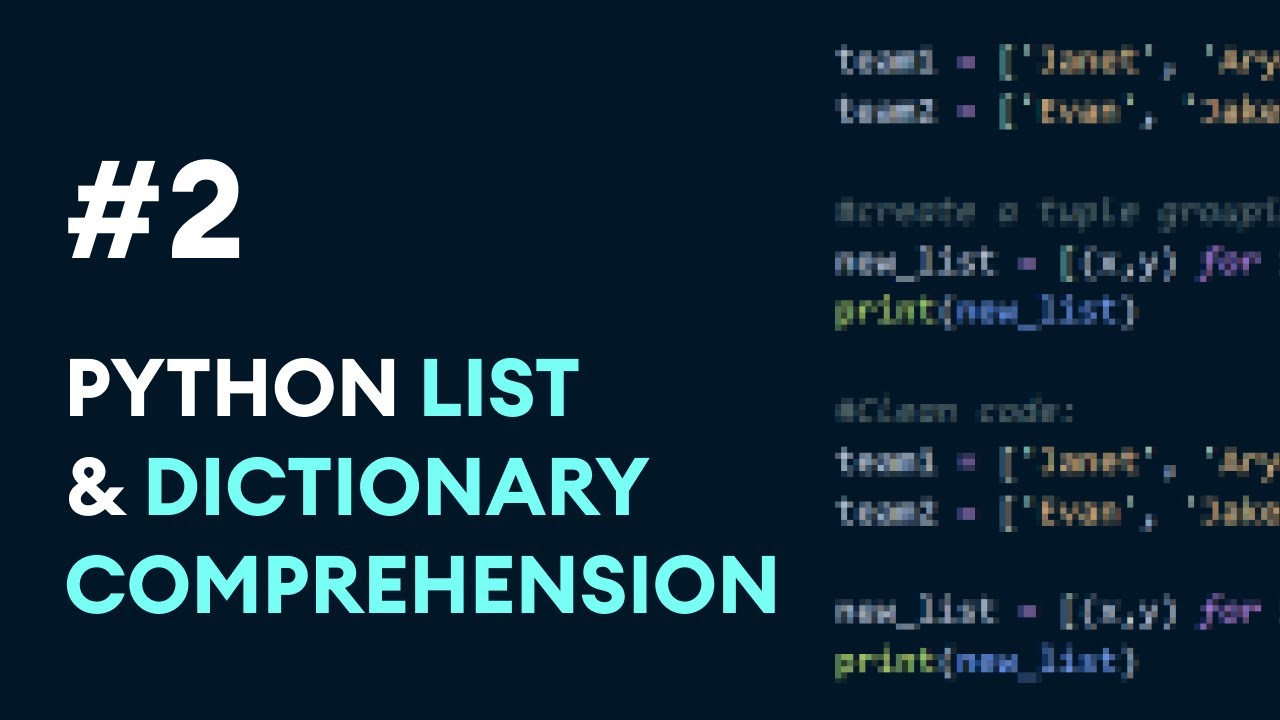
List comprehension and dictionary comprehension are two powerful features in Python that allow you to create new lists and dictionaries from existing iterables with a concise and expressive syntax.
List Comprehension
A list comprehension is a way to create a new list by performing some operation on each item in an iterable (such as a list, tuple, or string) and returning the results in a new list. The basic syntax is:
new_list = [expression for item in iterable]
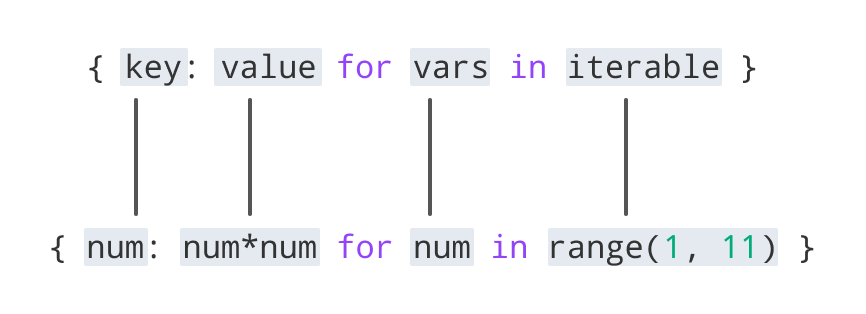
Here, expression is some operation you want to perform on each item in the iterable. For example:
numbers = [1, 2, 3, 4, 5]
squares = [x**2 for x in numbers] # [1, 4, 9, 16, 25]
In this example, we're creating a new list squares by taking each number in the numbers list and squaring it. The resulting list contains the squares of each original number.
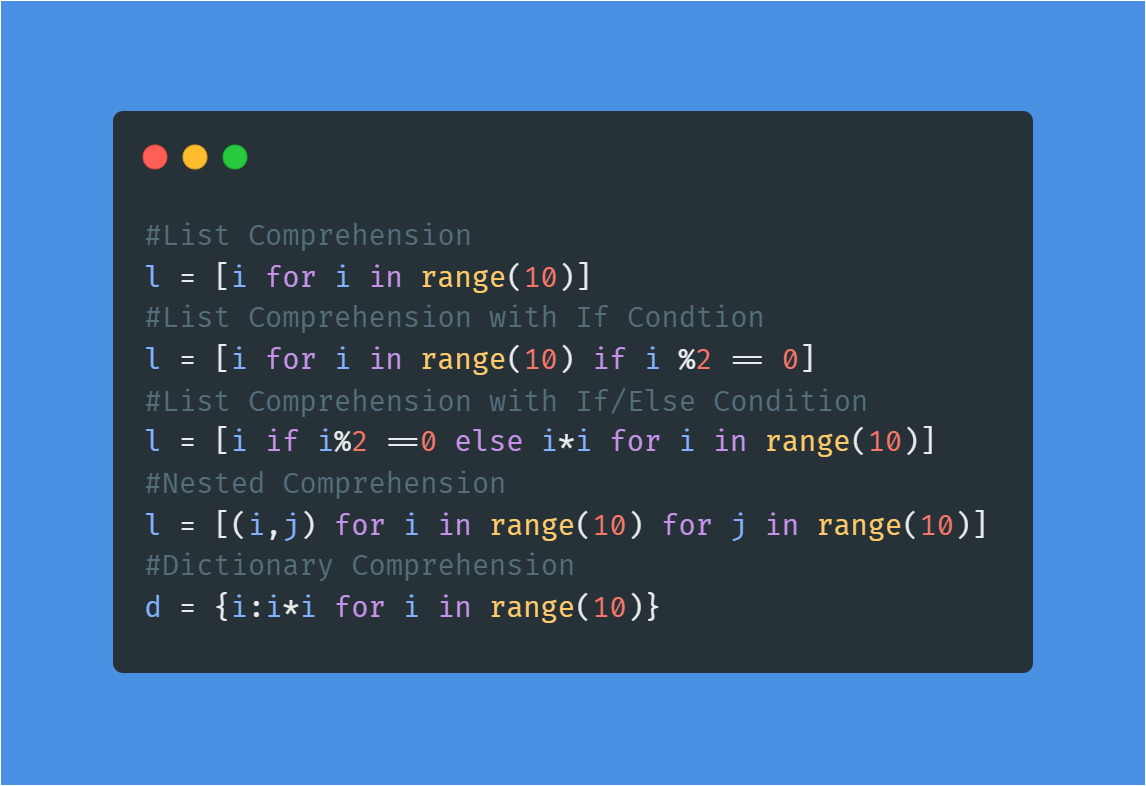
Dictionary Comprehension
A dictionary comprehension is similar to a list comprehension, but instead of creating a new list, you create a new dictionary. The basic syntax is:
new_dict = {key: value for item in iterable}
Here, key and value are the key-value pairs that will be included in the new dictionary, and item is each item in the iterable. For example:
names = ['Alice', 'Bob', 'Charlie']ages = [25, 30, 35]
people = {name: age for name, age in zip(names, ages)} # {'Alice': 25, 'Bob': 30, 'Charlie': 35}
In this example, we're creating a new dictionary people by pairing each name with its corresponding age. The resulting dictionary contains the names and ages as key-value pairs.
Combining List and Dictionary Comprehensions
You can also combine list and dictionary comprehensions to create more complex data structures. For example:
numbers = [1, 2, 3, 4, 5]squares_dict = {x: x**2 for x in numbers} # {1: 1, 2: 4, 3: 9, 4: 16, 5: 25}
In this example, we're creating a new dictionary squares_dict that maps each number to its square. This is equivalent to the list comprehension example above.
Advantages of Comprehensions
Comprehensions have several advantages over traditional looping and conditional statements:
Concise syntax: Comprehensions are often much shorter than equivalent code using loops and conditionals. Expressive power: Comprehensions allow you to perform complex operations on each item in an iterable, making them ideal for data manipulation tasks. Efficient: Comprehensions can be faster than traditional looping and conditional statements because they avoid the overhead of creating intermediate variables and lists.In summary, list comprehension and dictionary comprehension are two powerful features in Python that allow you to create new lists and dictionaries from existing iterables with a concise and expressive syntax. By combining these comprehensions, you can create complex data structures and perform efficient data manipulation tasks.
